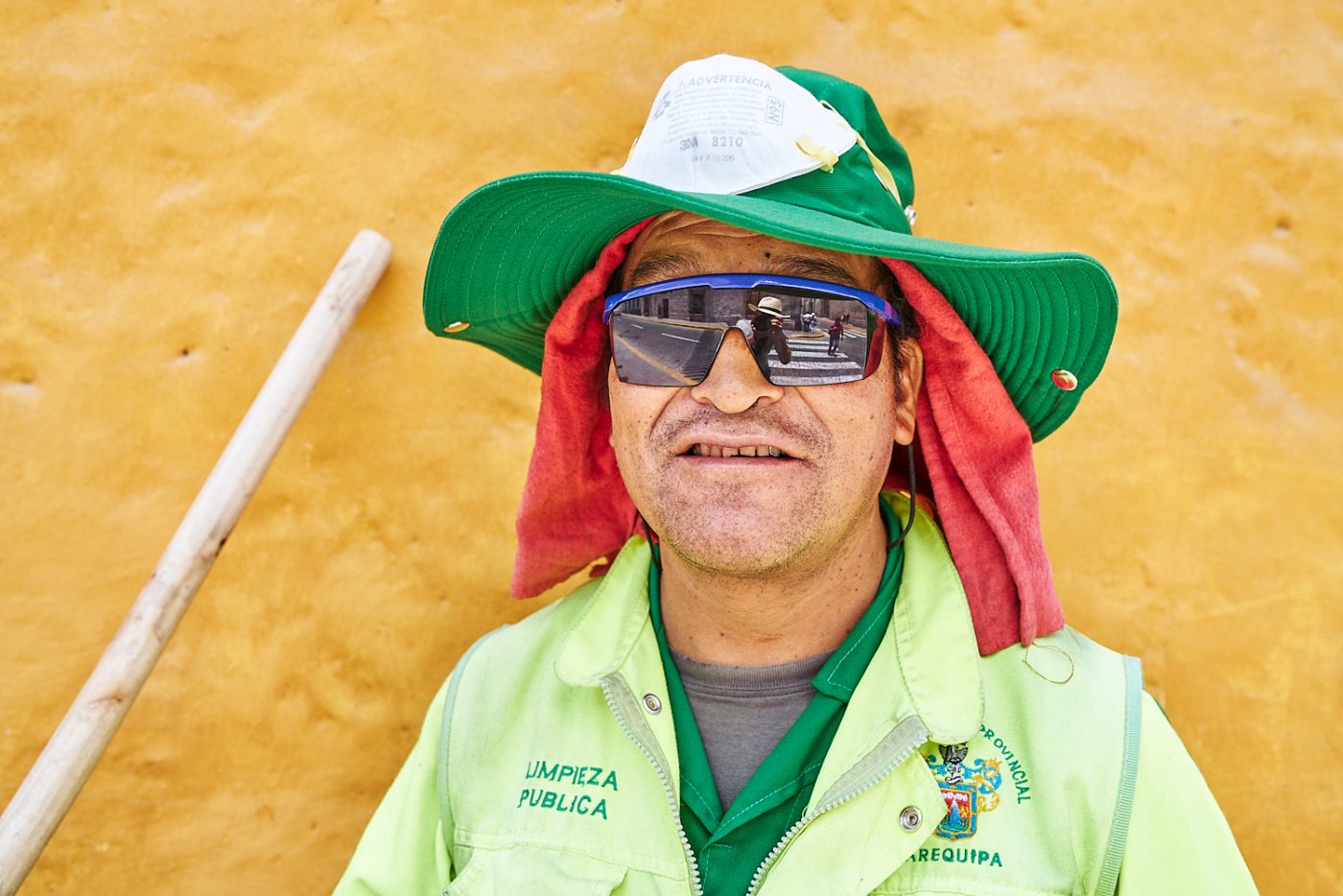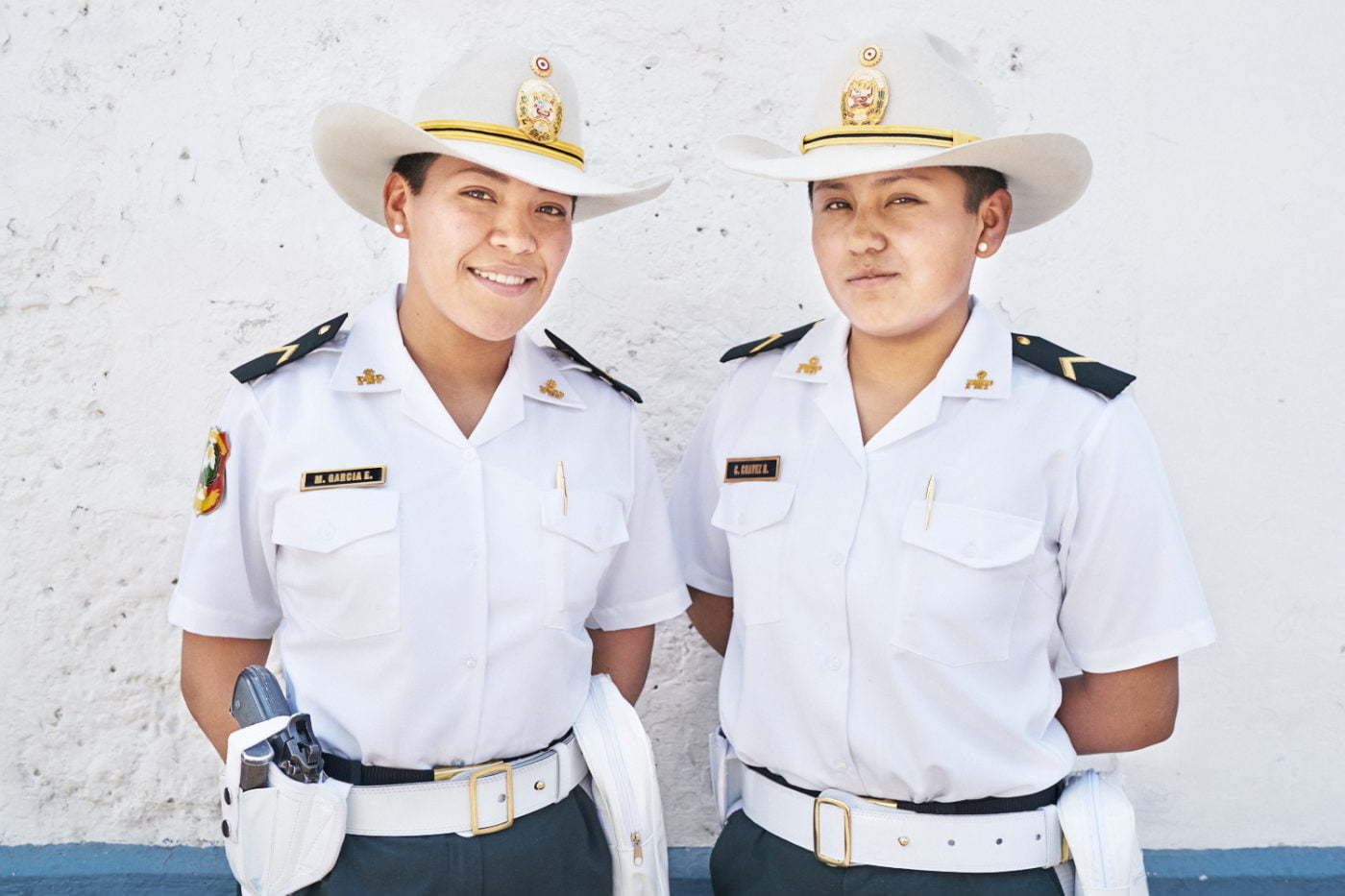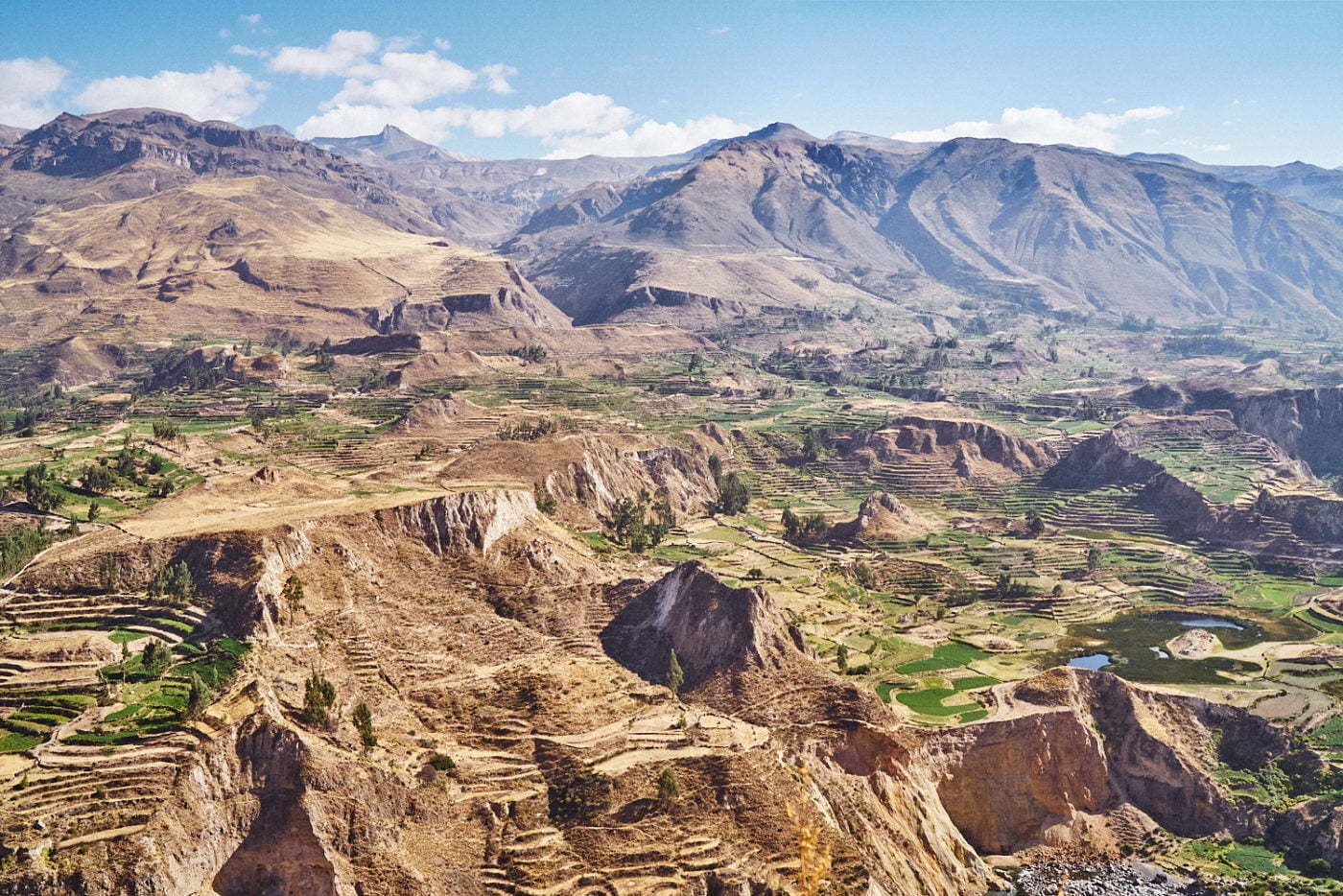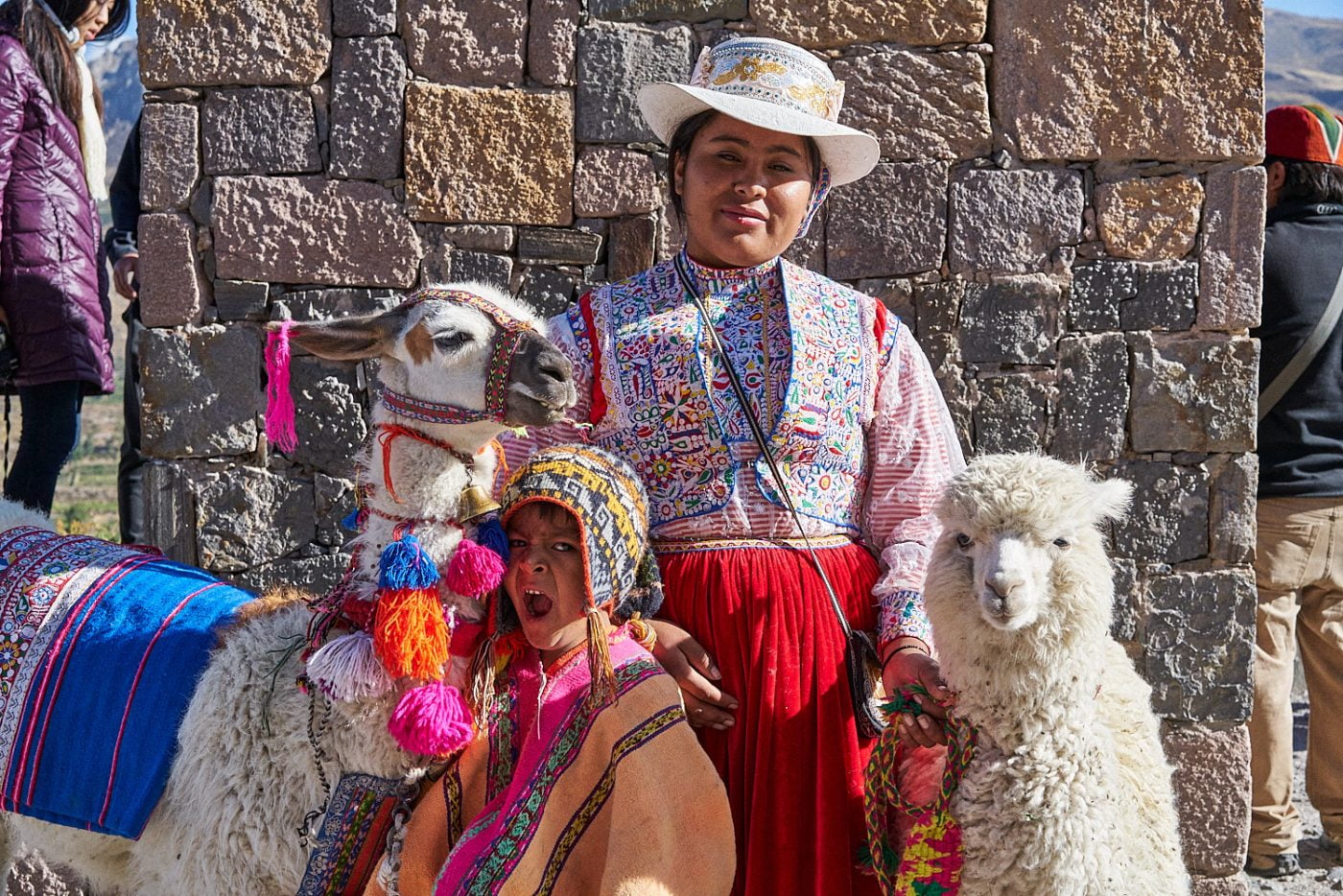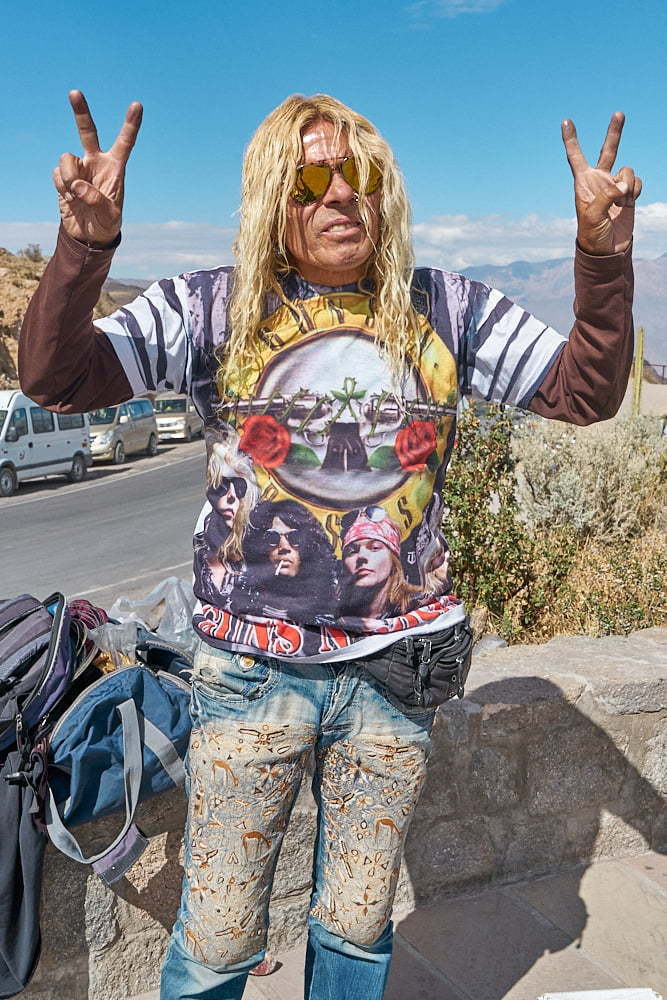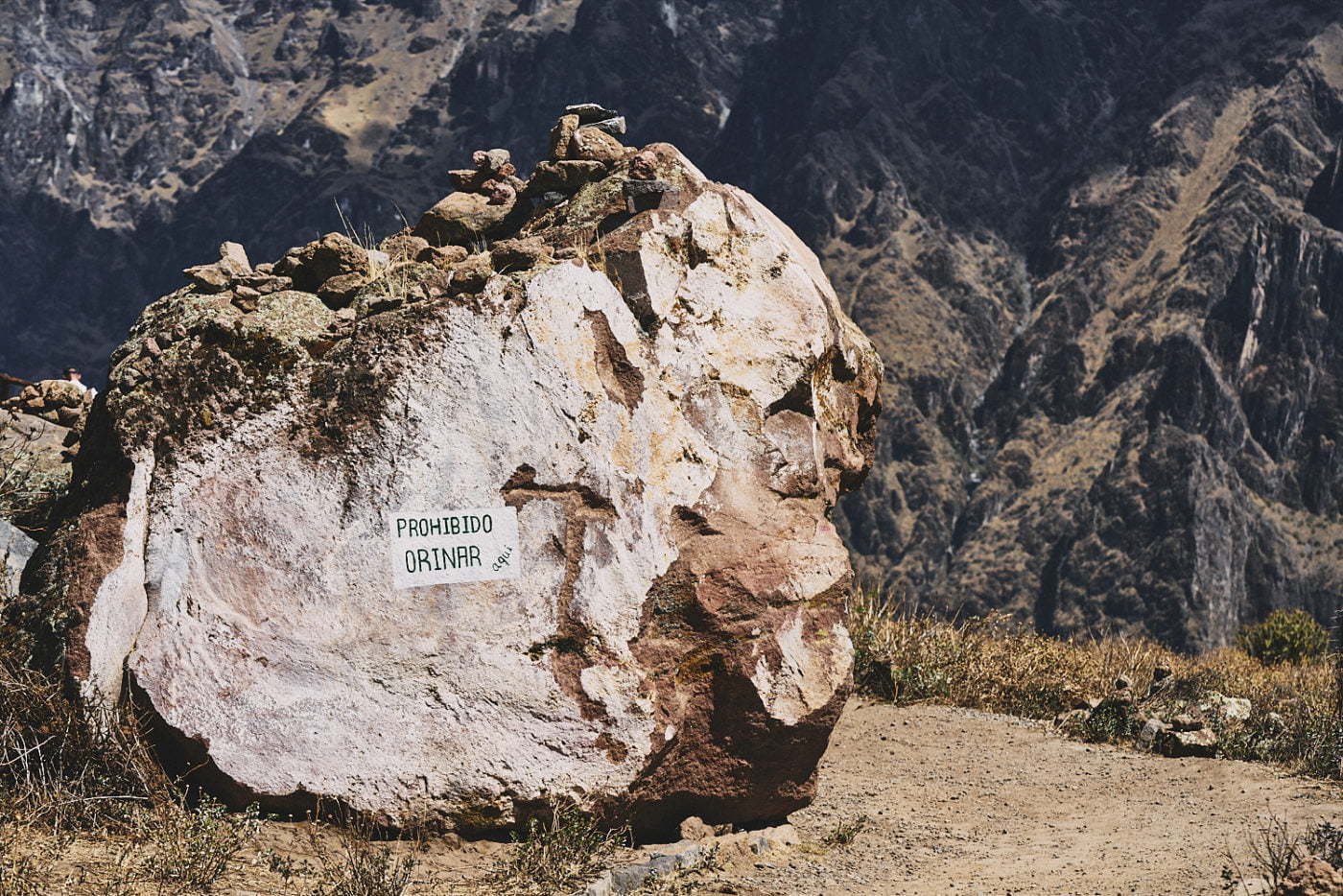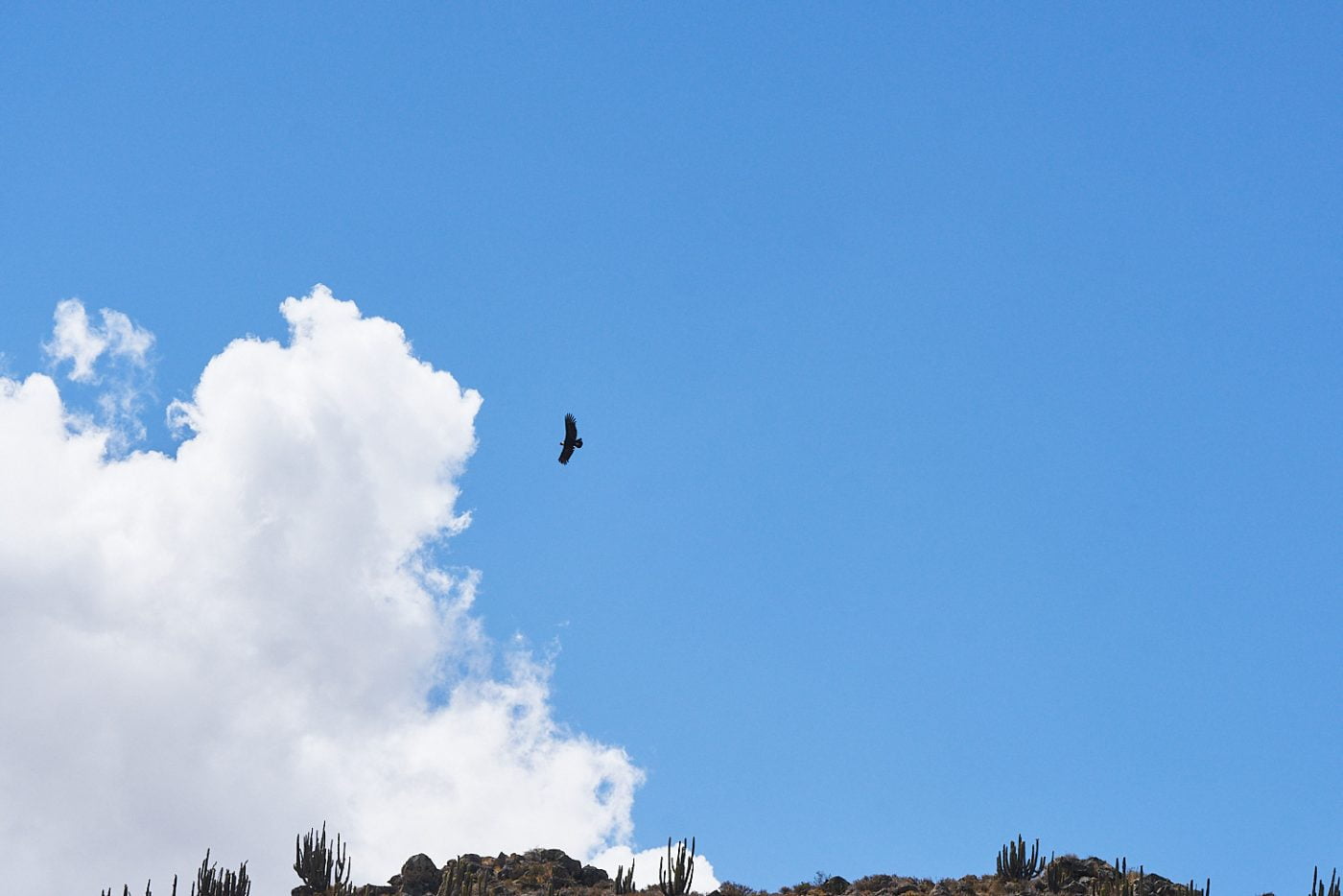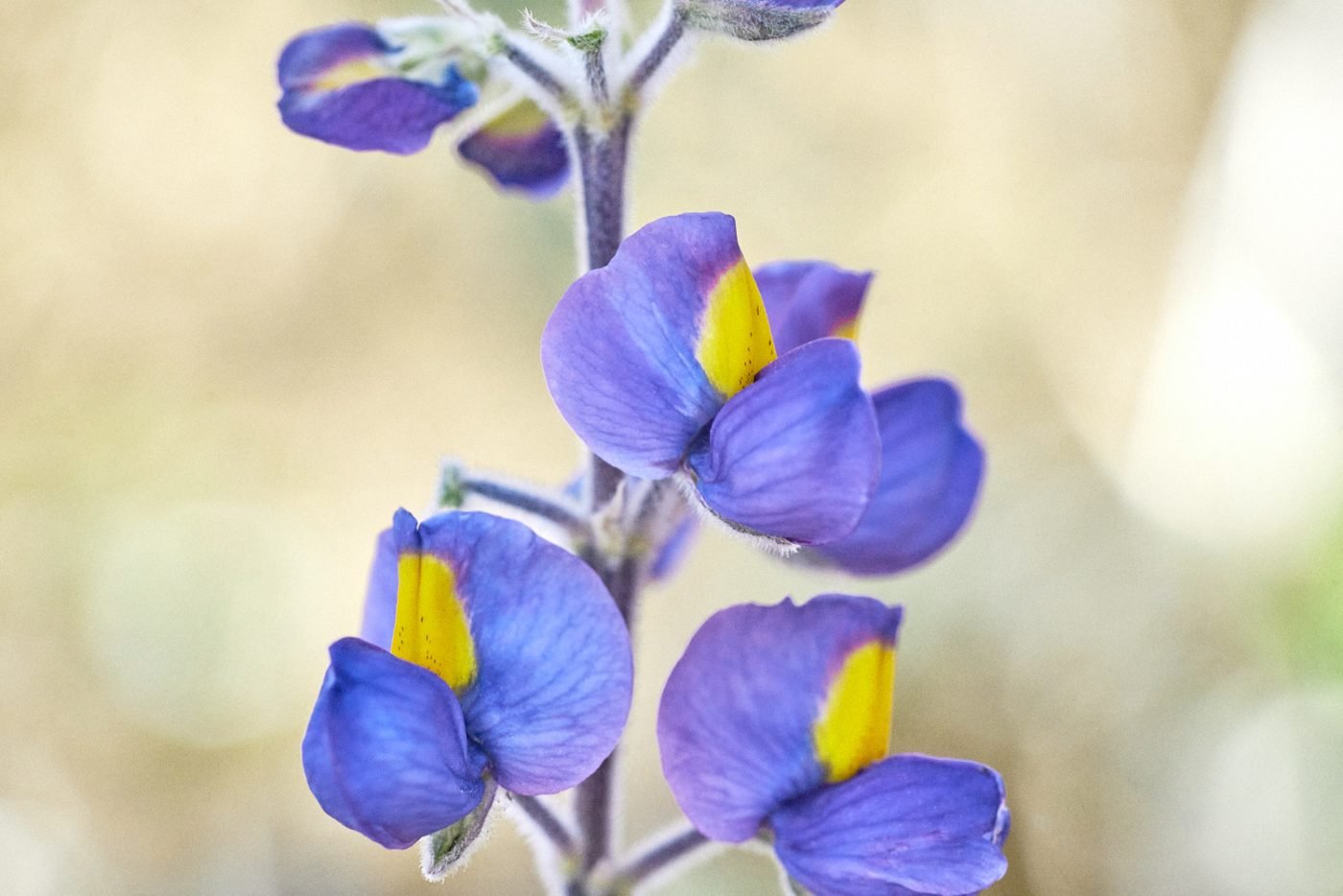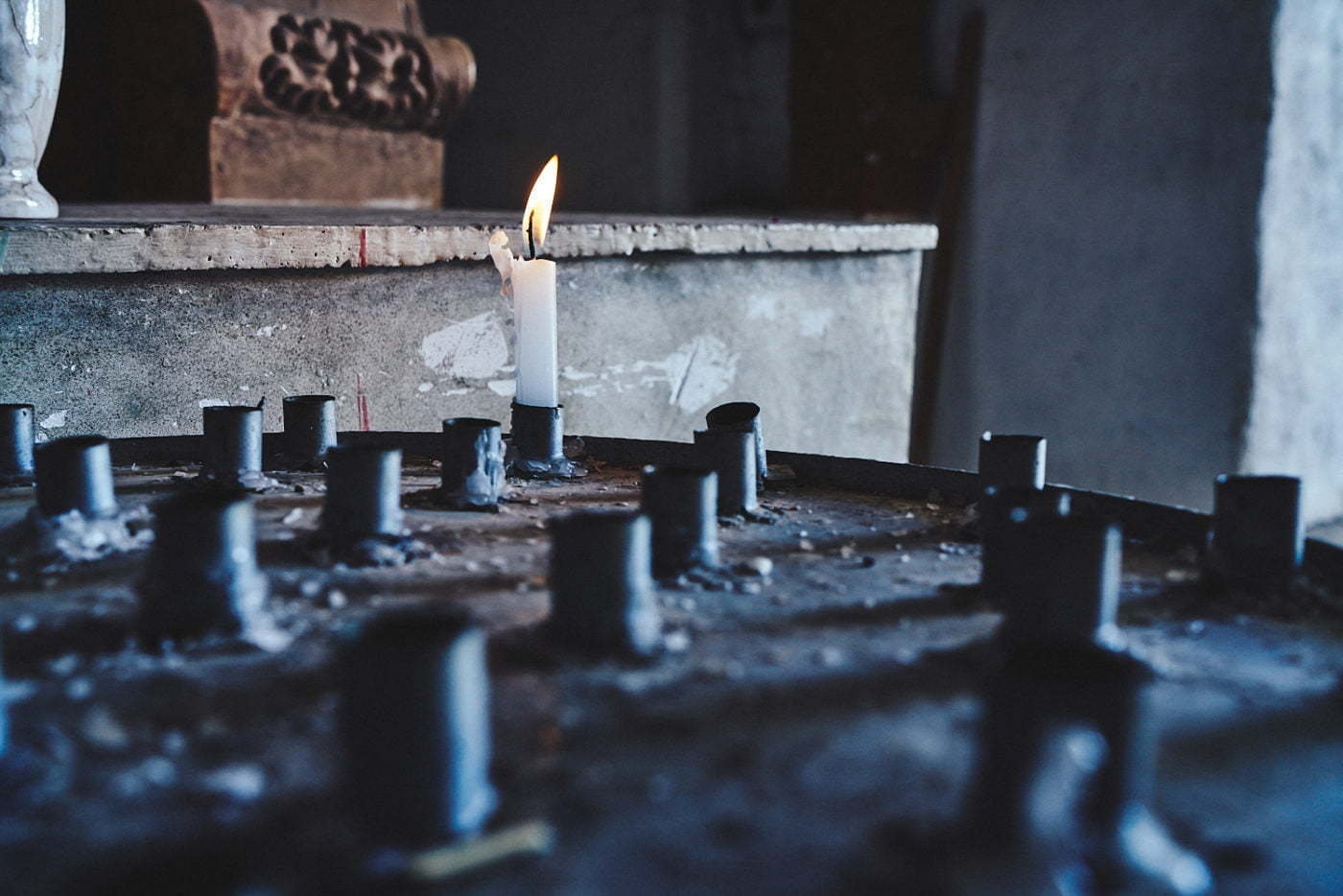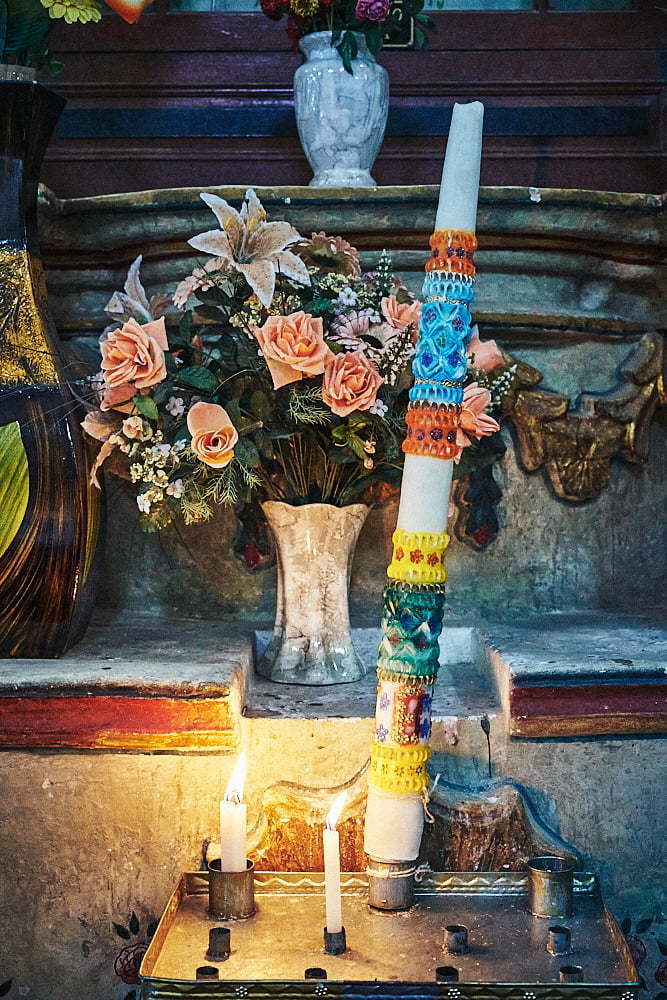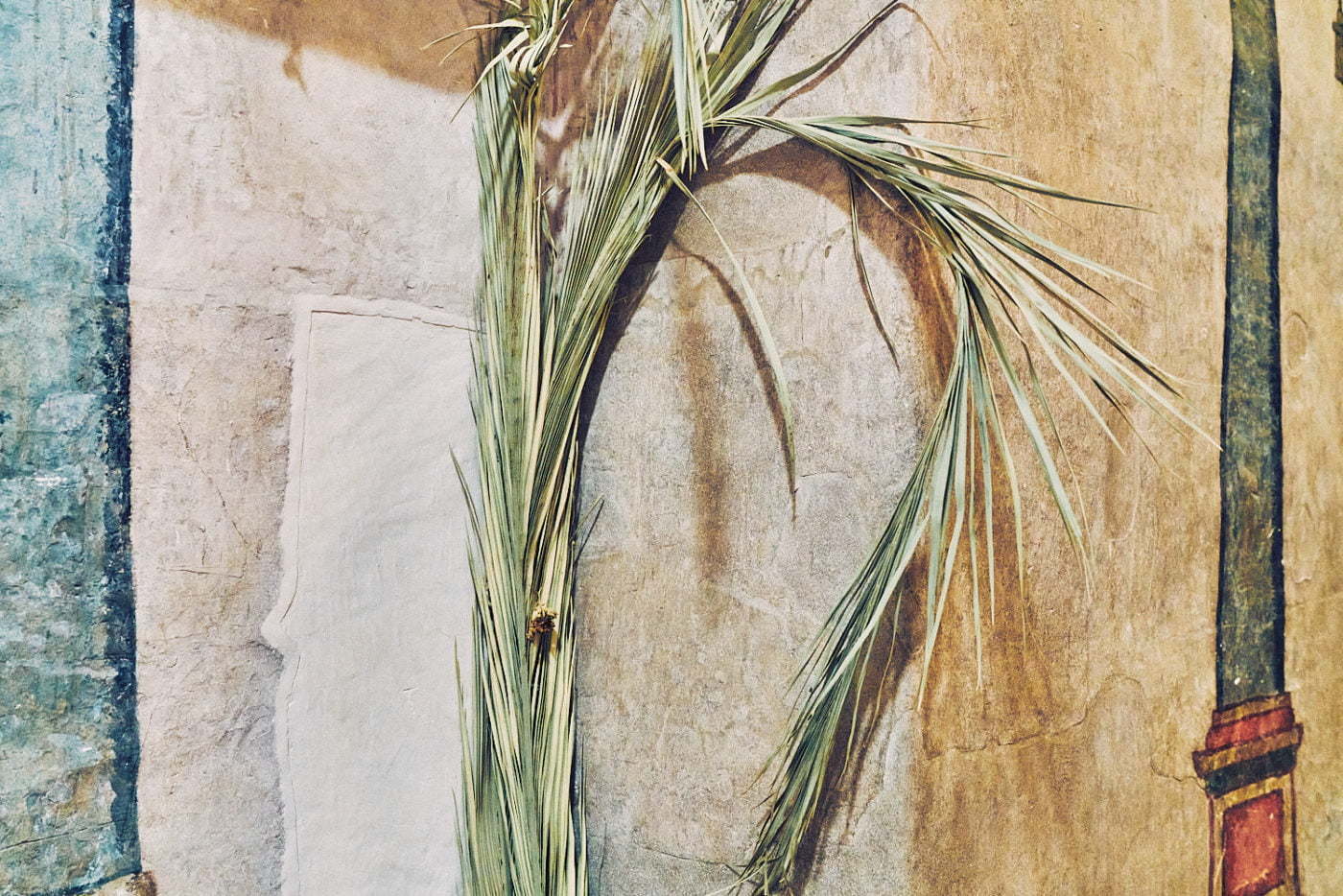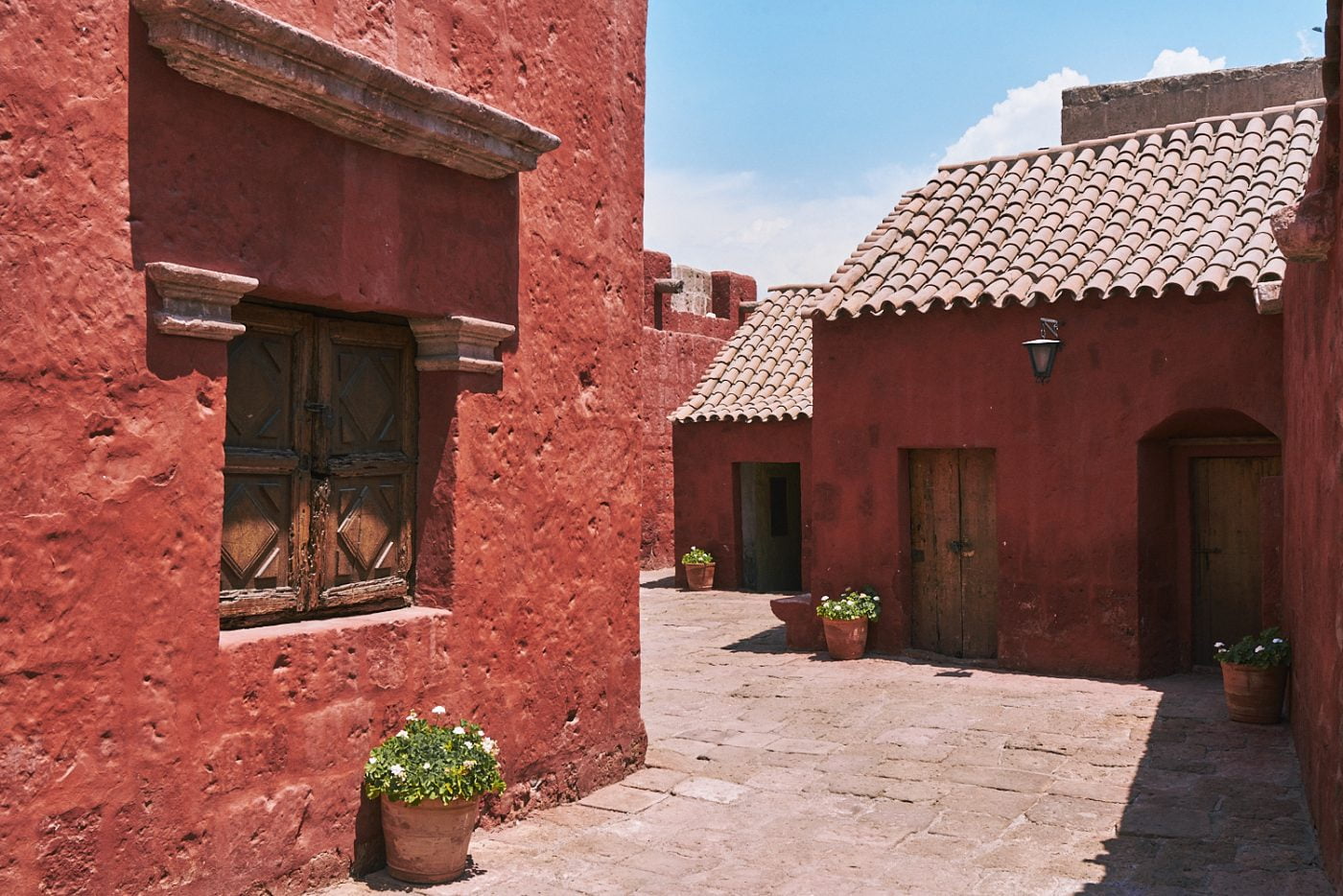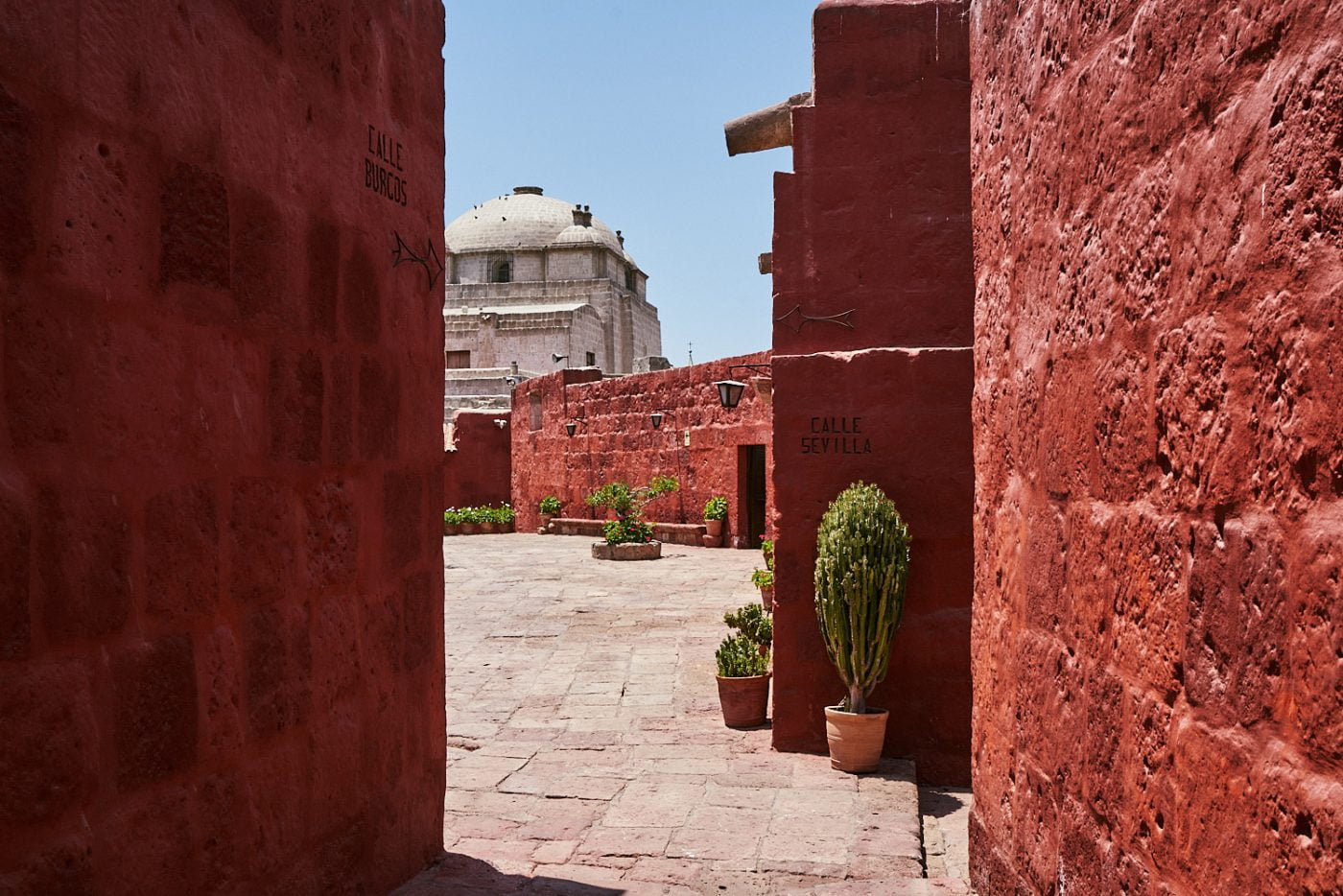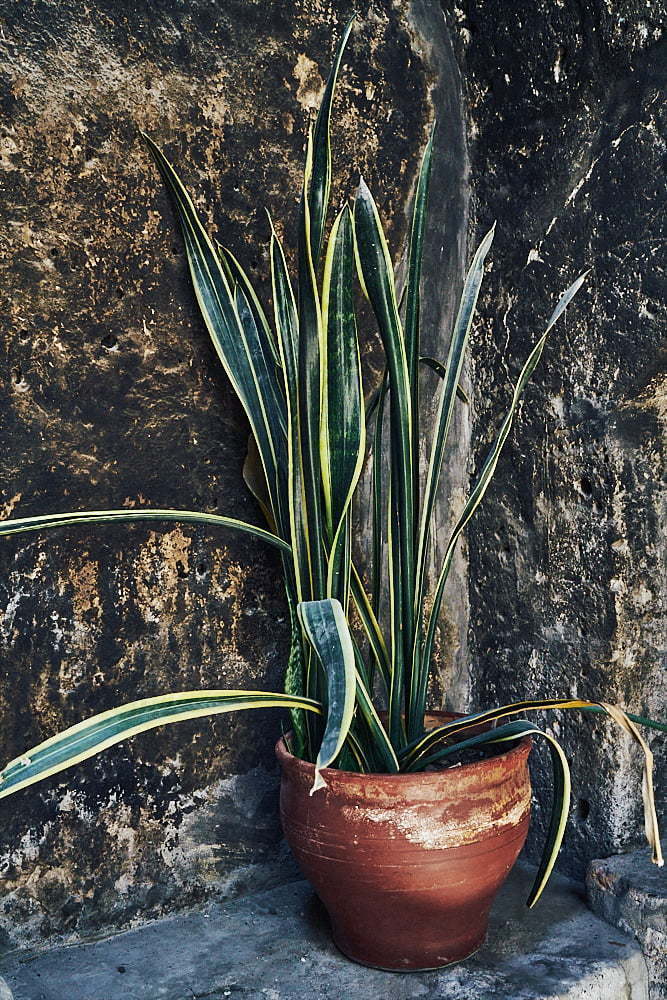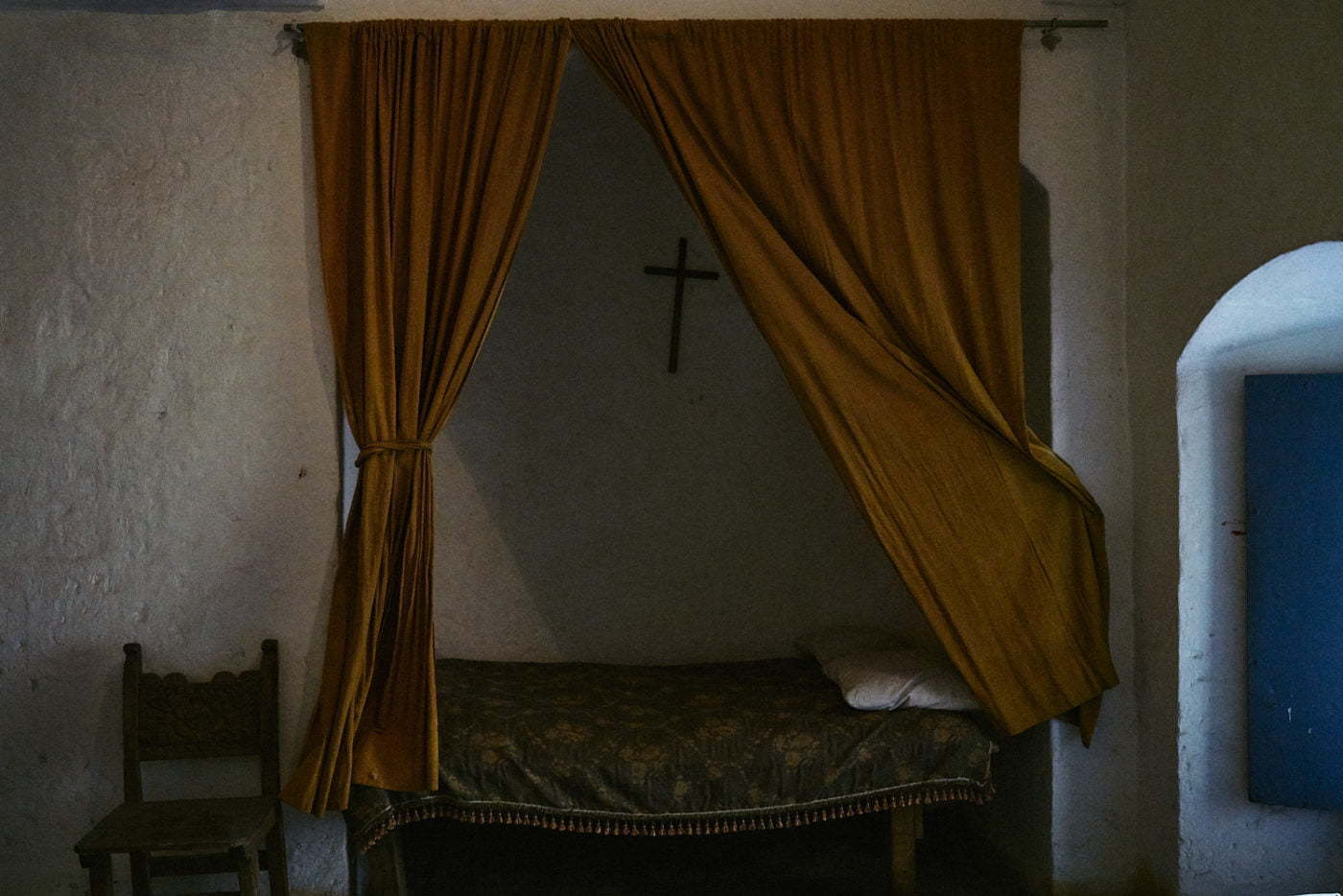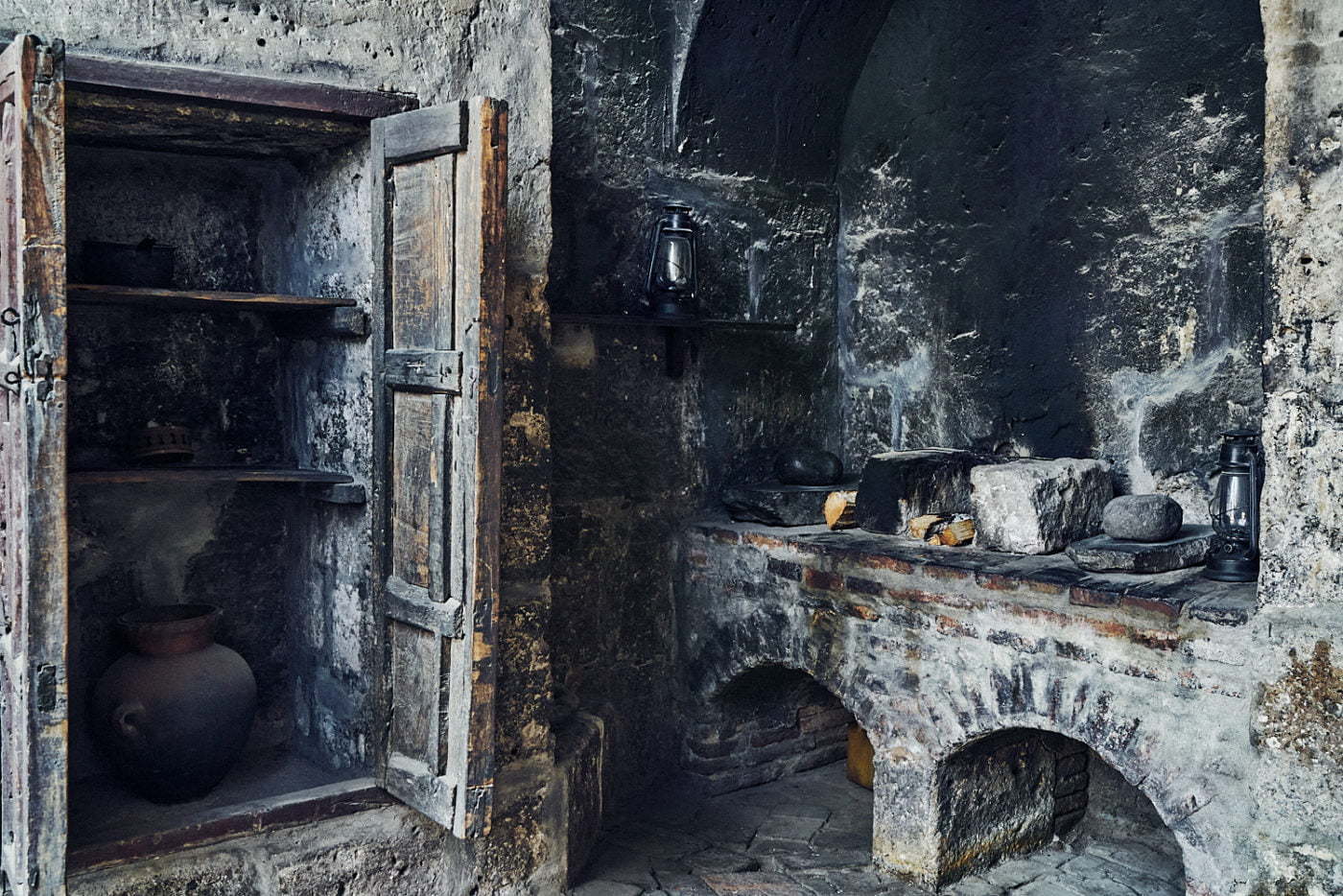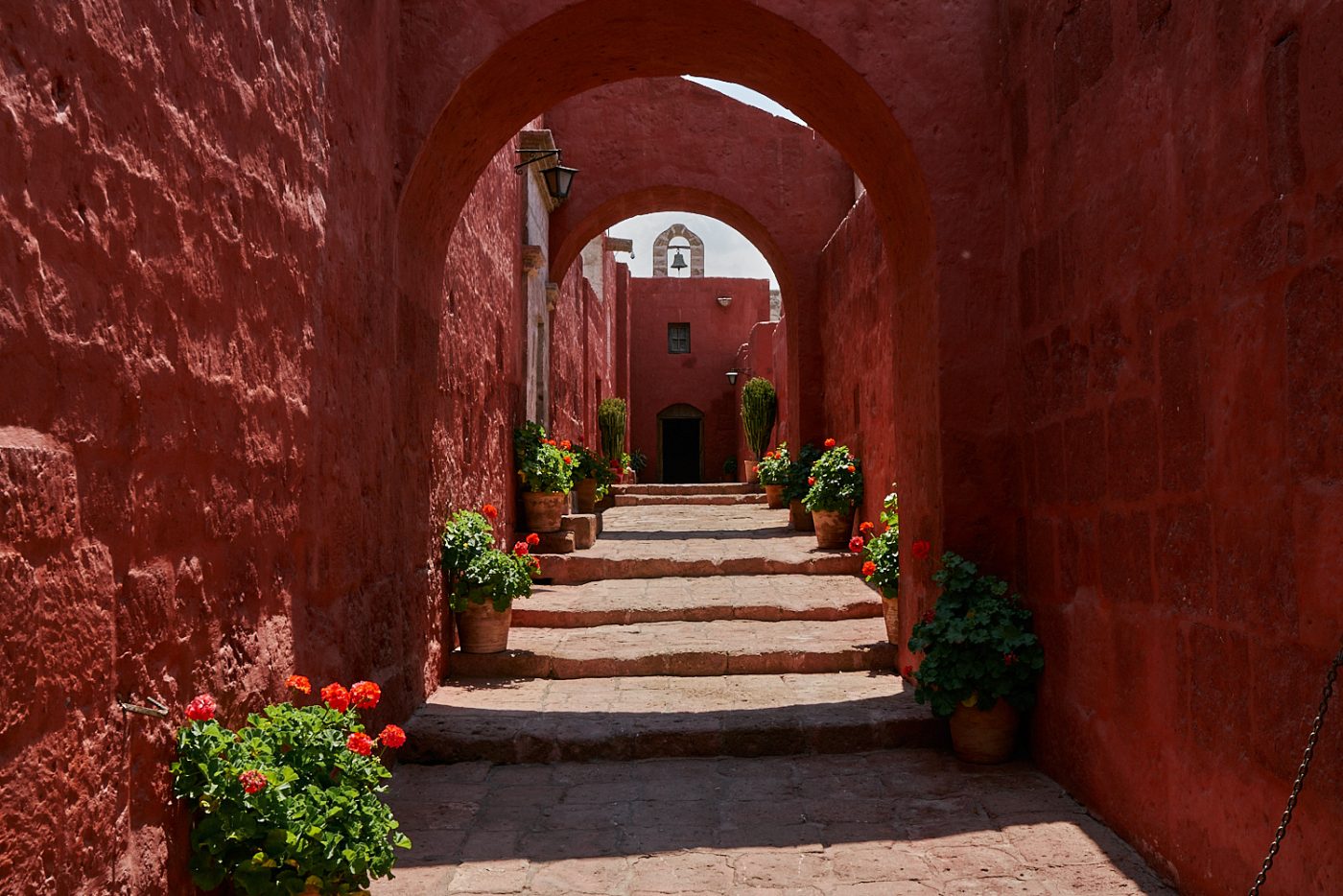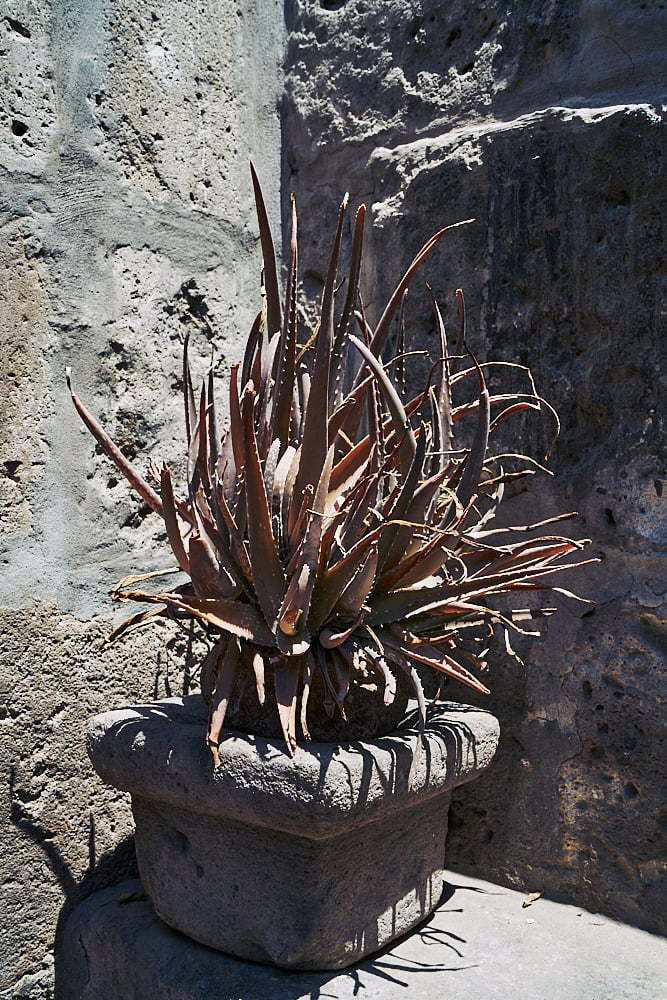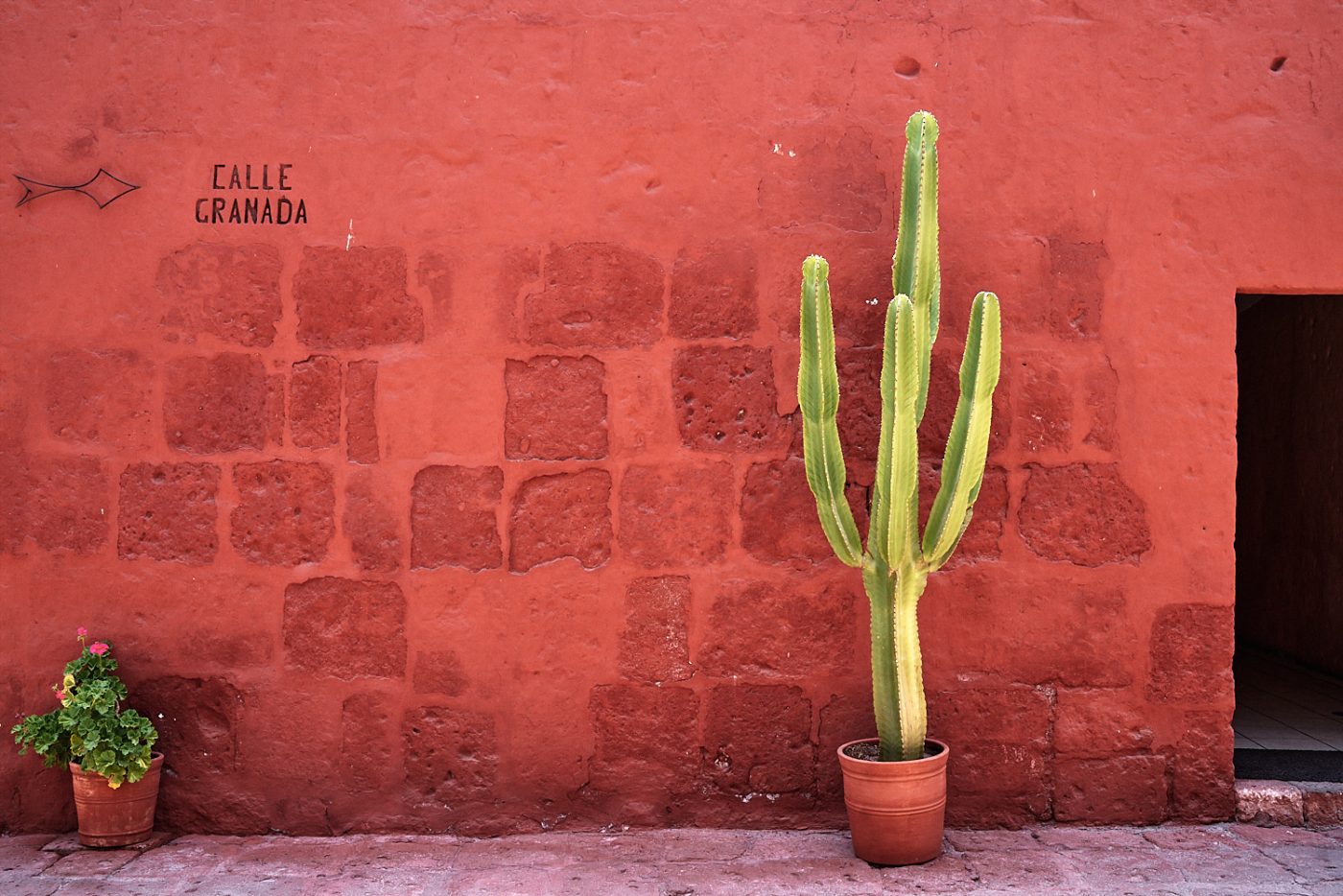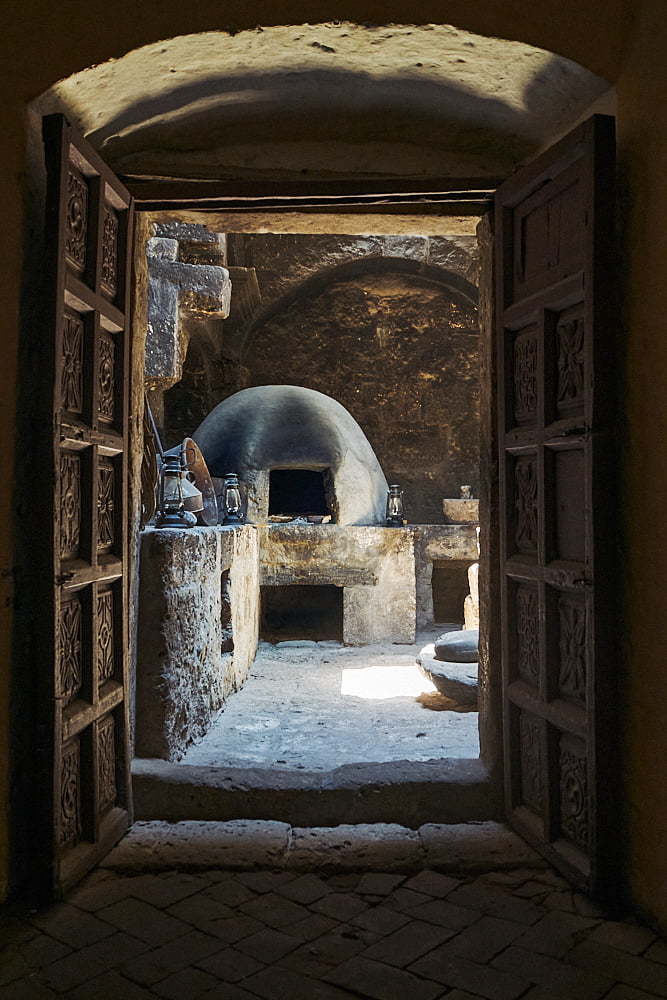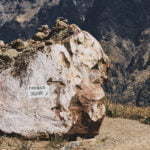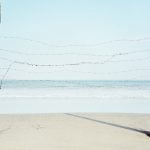Arequipa and the Colca Canyon Rush
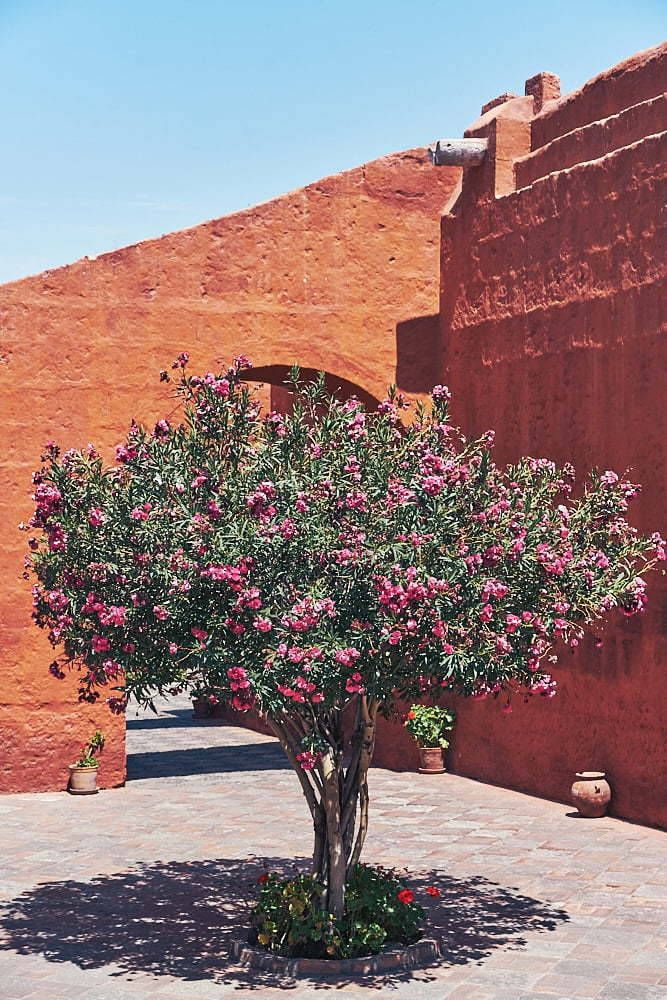
After a great five days in Cusco, I headed a little further south to Arequipa, the capital of Peru for a brief period in the mid 19th century, and still regarded by many of its inhabitants as the country’s cultural centre. Being the birthplace of Mario Vargas Llosa, winner of the Nobel Prize for Literature in 2010, helps to re-inforce their gleeful claim to moral and cultural superiority over the coastal den of iniquity that is Lima.
I found myself staying at a popular hostel, the Flying Dog, which does what it needs to do well enough, providing a resting place for travellers, and is just a few minutes walk from the city centre. As usual, my first port of call was the local market, San Camilo, and, although I did not take any photos there, I did find the perfect hat to cover my balding head; it’s a ‘Nat King Cole’ apparently, though I’m not sure how that differs from a regular Panama hat (geography and politics, maybe). Here’s a portrait of a local street cleaner, where you can see my new hat proudly reflected in the man’s glasses. I’m also including a portrait of two policewomen, just because they also do their bit keeping the streets clean.
A few mangoes and some maca powder shopping later, I was ready to leave the market. It’s impossible to do justice to a town when you’re only there for 48hrs; I walked round the Plaza de Armas, popped into the cathedral overlooking the square and was suitably impressed by both but none the wiser as to what kind of city Arequipa is. I was too late and tired to make it to the Monastery of Santa Catalina that evening, settling on an early dinner and bed, a wise move considering I’d booked myself on a tour to Colca Canyon leaving at 3am the next morning. You may know by now my feelings towards organised tours but I couldn’t come up with a better way to make my way out there on such a tight schedule.
With the canyon hosting over 120,000 visitors a year, there are stalls selling local ware in most stop-offs and locals in their traditional garb just waiting to be photographed. The boy looked bored silly but did his best to hold his yawn in. The market stall holder with his Guns & Roses thing going on was a cool guy and I particularly liked his jeans… The views from the top looking down the canyon walls with their stepped terraced farmlands are quite spectacular. We did see a condor or two but they’re not exactly the type of animal that come up close (unless, like me, you suffer from vertigo and find yourself lying down almost vertically high up a mountain in Patagonia and a condor starts hovering a few metres above you, waiting for your demise! You can read about those experiences here.). In the colonial towns set up by the Spaniards to move the locals into a more centralised environment, a large church is always at the centre of all activity and still plays an important role in the community. Overall, it’s a long day out but, as far as organised tours go, it’s well worth it.
When I first arrived in Arequipa, I had no set plans and no idea how long I’d be staying. All I did know for certain was that my 50th birthday was 3 days away and I needed to decide where I wanted to be for it. I’d been on the road by myself for over a month and was feeling the need to check out and be somewhere doing absolutely nothing for a while. This goes some way to explaining why I ended up buying a plane ticket to Piura in the far north of Peru, leaving the next day, all so I could lie on a beach in a place called Máncora. This decision had the knock on effect that I then needed to change the dates for my flight out of Lima back to Buenos Aires but I eventually got it all sorted through my sketchy wifi connection at the hostel and had a morning left in Arequipa before needing to head to the airport.
If you only have time to do one thing when you get to Arequipa then it has to be a visit to the Monasterio de Santa Catalina. I touched a little on my visit in three earlier ‘Photo of the Day’ posts. Not only is the architecture very impressive, as you walk around the various buildings you start to get an insight into a particular way of life. The idea that one would be locked away from the rest of the world so as to dedicate one’s life to prayer and religious contemplation may seem strange in this day and age but it is not so long ago that this was quite common.
Whatever my thoughts on faith, a life of contemplation has a certain simplicity and purity that touches you as you wander round the grounds of Santa Catalina monastery. The buildings may have been damaged by strong earthquakes in the 1960s but the renovation work has been largely completed and the public can now get some insight into a remarkable way of life in remarkable settings. I can’t recommend it enough and would suggest accepting the offer of a guide.
Comments are closed.
